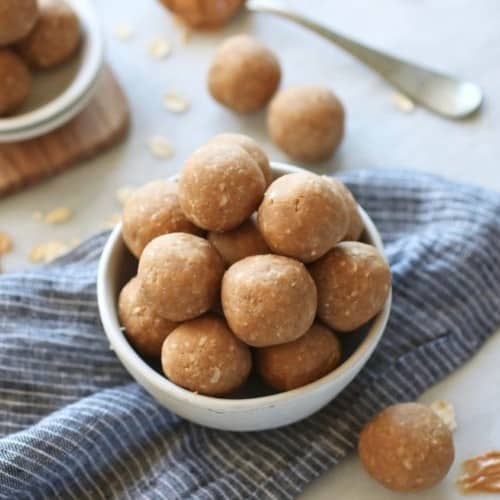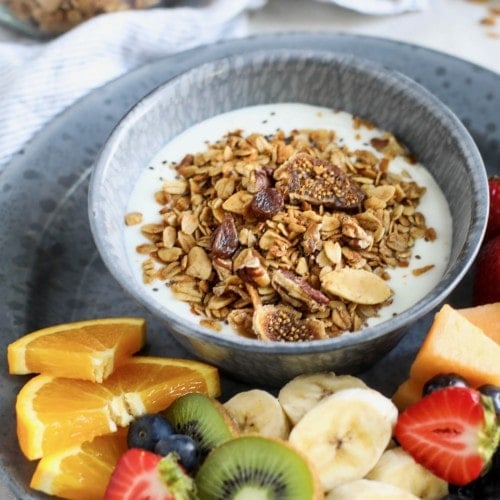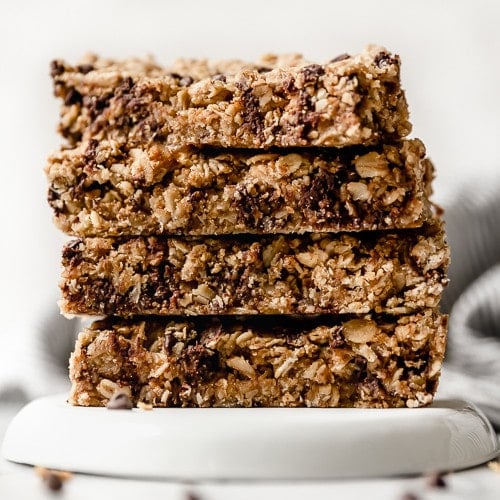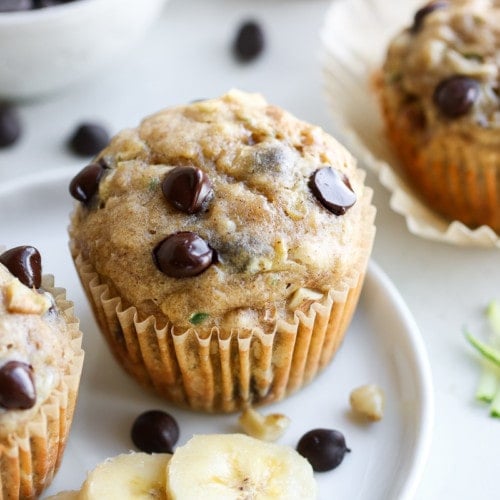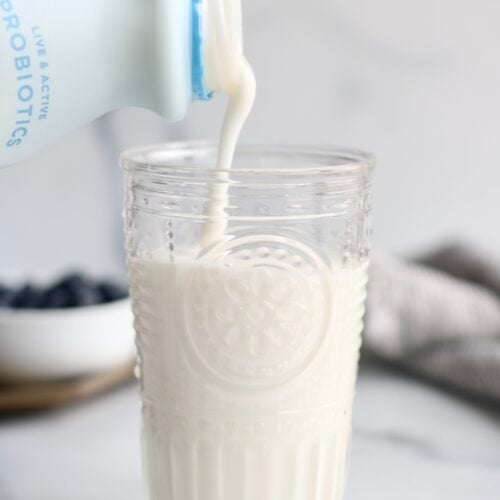This is one of our most frequent reader questions! As cooks and bakers, we often use measurements like this without thinking twice — but I find it takes many of our users by surprise. So, let’s talk about it!
What Does Scant Mean in Cooking and Baking?
A “scant cup” means to use slightly less than a full cup of an ingredient (between 1-2 tablespoons for dry ingredients or one tablespoon of wet ingredients). When a recipe calls for a “scant cup,” it asks for just under the standard cup measure, which may change the texture and flavor of the bake.
Any recipe that calls for a ‘scant’ measurement, like a scant teaspoon, requires you to measure the ingredient with just a tad less of that ingredient than a full measure. Sometimes, recipes will call this a “stingy” measurement.
I snapped a few images while baking recently to show you exactly what it should look like:
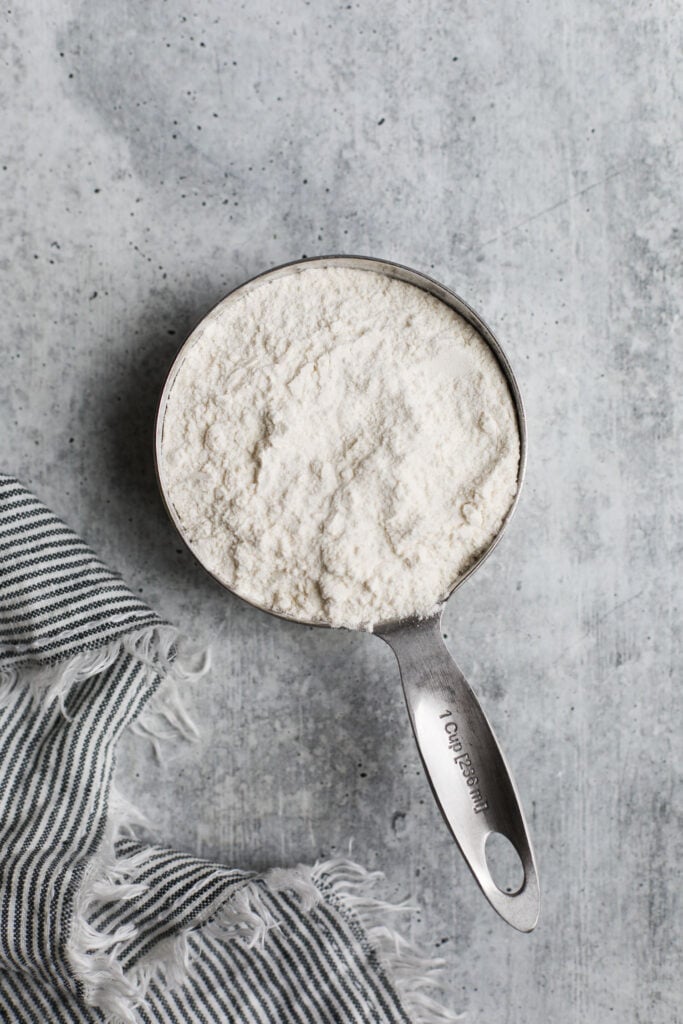
How to Measure It
To measure a scant cup:
- Fill a measuring cup with your ingredient until it’s full to the brim but not heaping.
- Remove a small amount (1-2 tablespoons) so the cup is not completely filled.
This method ensures you use just a bit less than a full cup, ensuring you get the most precise results from your baking recipes.
Scant vs. Heaping vs. Flat Cup
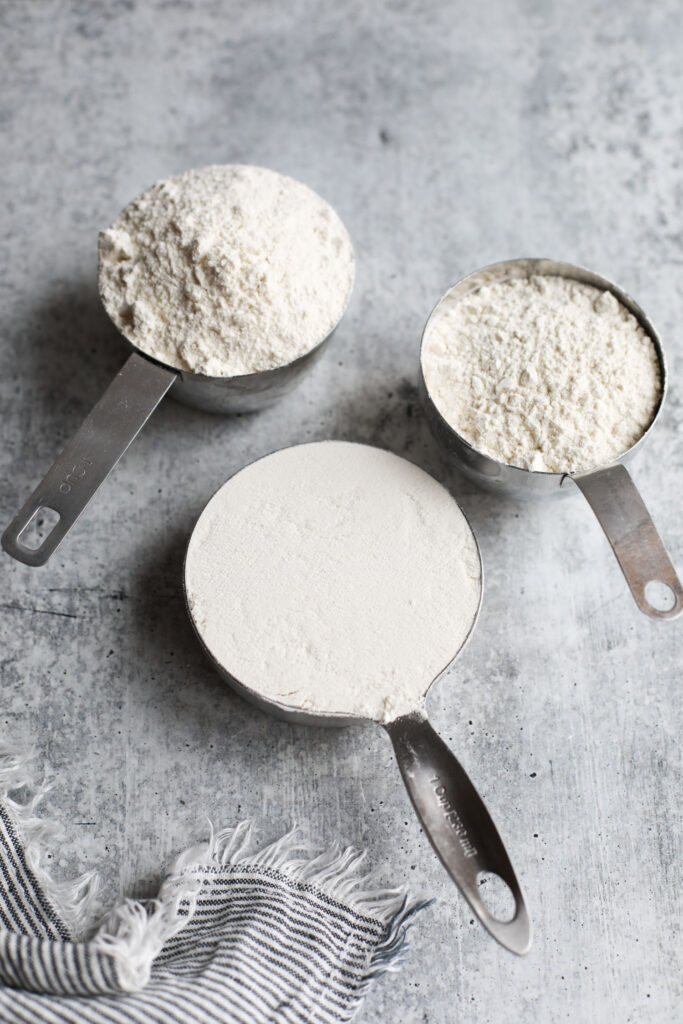
Here’s how to measure flour or other ingredients using common recipe terms:
- Scant Cup: This is slightly less than a full cup. It’s filled almost to the brim with a smidgen of empty space left, usually used when precise ingredient ratios are important but exact weights in grams or ounces are not specified.
- Heaping Cup: In this measurement, the ingredient is piled high above the top edge of the cup, creating a small mound. It’s used where exact measurements are less critical.
- Flat or Level Cup: This is a level, full cup where the ingredient is filled to the top and then leveled off with a straight edge (such as a butter knife) to remove excess. It’s the standard measurement in most baking recipes.
These terms can apply to various ingredients like baking soda, cocoa powder, or bread flour. They may be used to refer to any measurement of dry ingredients. However, “___ cups of flour” is how most bakers like us use these measurement descriptions.
Check out the pictures I took last week to see the difference between these three — I show a scant cup first, followed by a flat cup, then a heaping cup at the end.

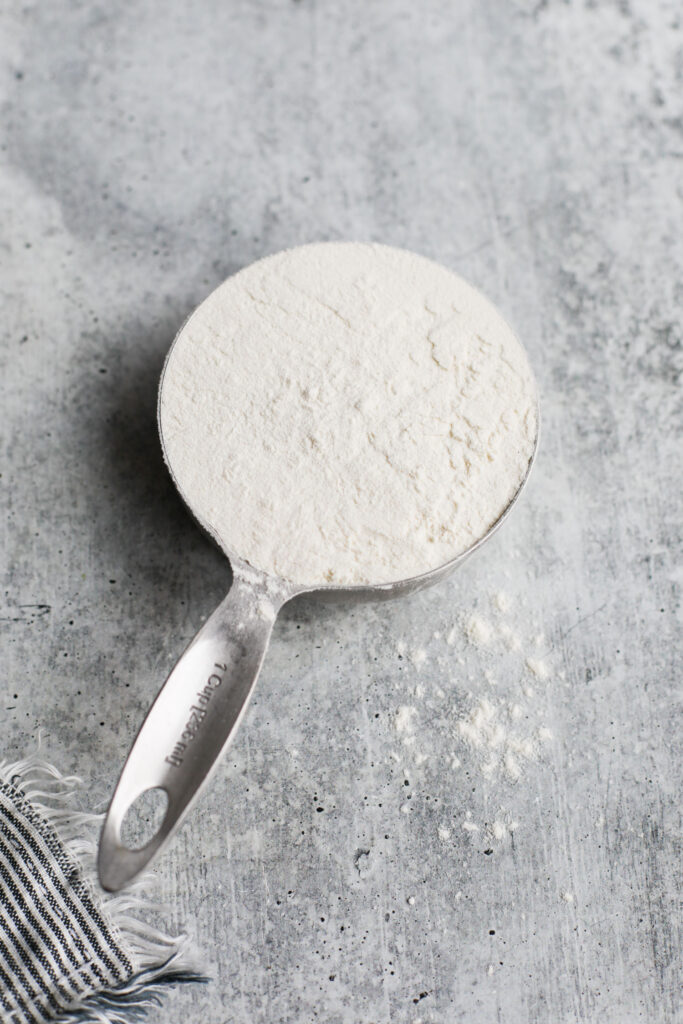
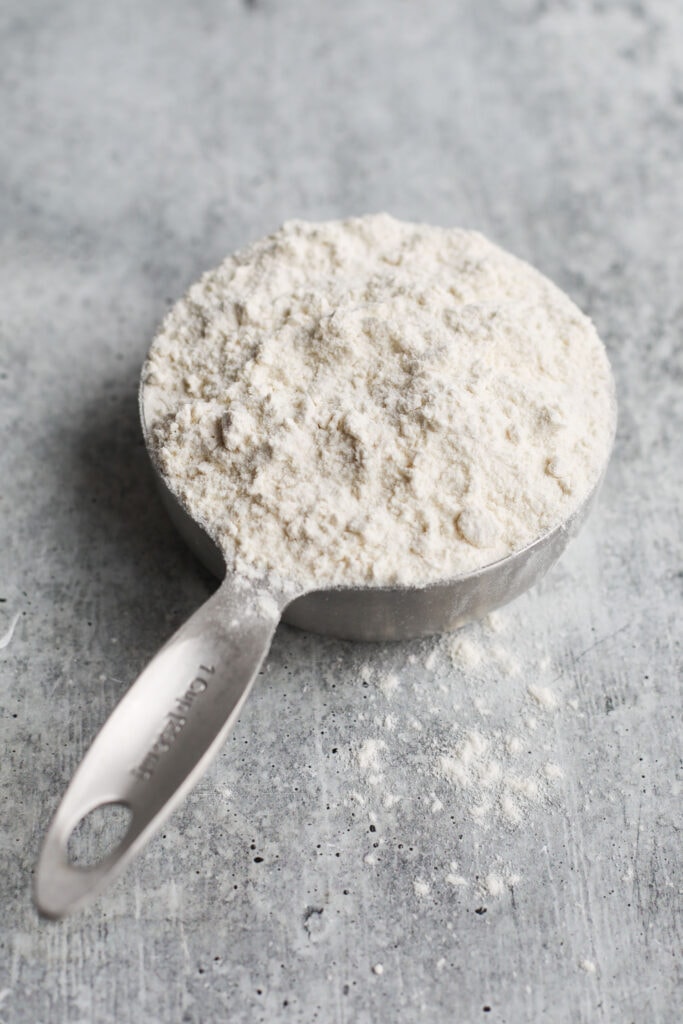
Scant Cup of Flour in Grams
A full cup of all-purpose flour weighs 120 grams. A scant cup should weigh about 104 grams, as around two tablespoons (16 grams) of flour are removed from the total cup weight. However, “scant” is sometimes used to refer to anywhere between 1 and 2 tablespoons removed, so a scant cup of flour may weigh anywhere between 104 and 112 grams.
For other ingredients, refer to a specific ingredient weight chart for exactly what the required amount will weigh in grams. We rarely do this when testing cooking recipes, but we do measure precisely for baking recipes because a little too much (or not enough) flour can dramatically change the texture of a bake.
Scant Cup of Liquid in mL
A single cup of liquid is about 237 mL, whereas a tablespoon is about 15 mL, so a scant cup of a liquid ingredient is between 207 and 222 mL.
Frequently Asked Questions
When measuring a scant cup of milk for a recipe, fill your measuring cup to the brim (or to the 1 cup line), then remove a tablespoon of milk. “Scant” in recipes means a tad less than the full measurement.
When measuring small ingredients like a ¼ teaspoon, “scant” means to fill the teaspoon just before it’s totally full.
We use the modifier of “scant” where we find that a level measurement is just a tiny bit too much for our desired taste or texture when testing recipes, but we don’t remove enough of the ingredient to change the measurement entirely. For instance, a scant tablespoon might be just the right amount, but we didn’t need to remove enough to reduce that ingredient to ¾ tablespoons.
It tends to be a little more important in baking, which needs tight precision. However, we use this for cooking recipes, too — sometimes, a little less than a full measurement is the perfect amount!
